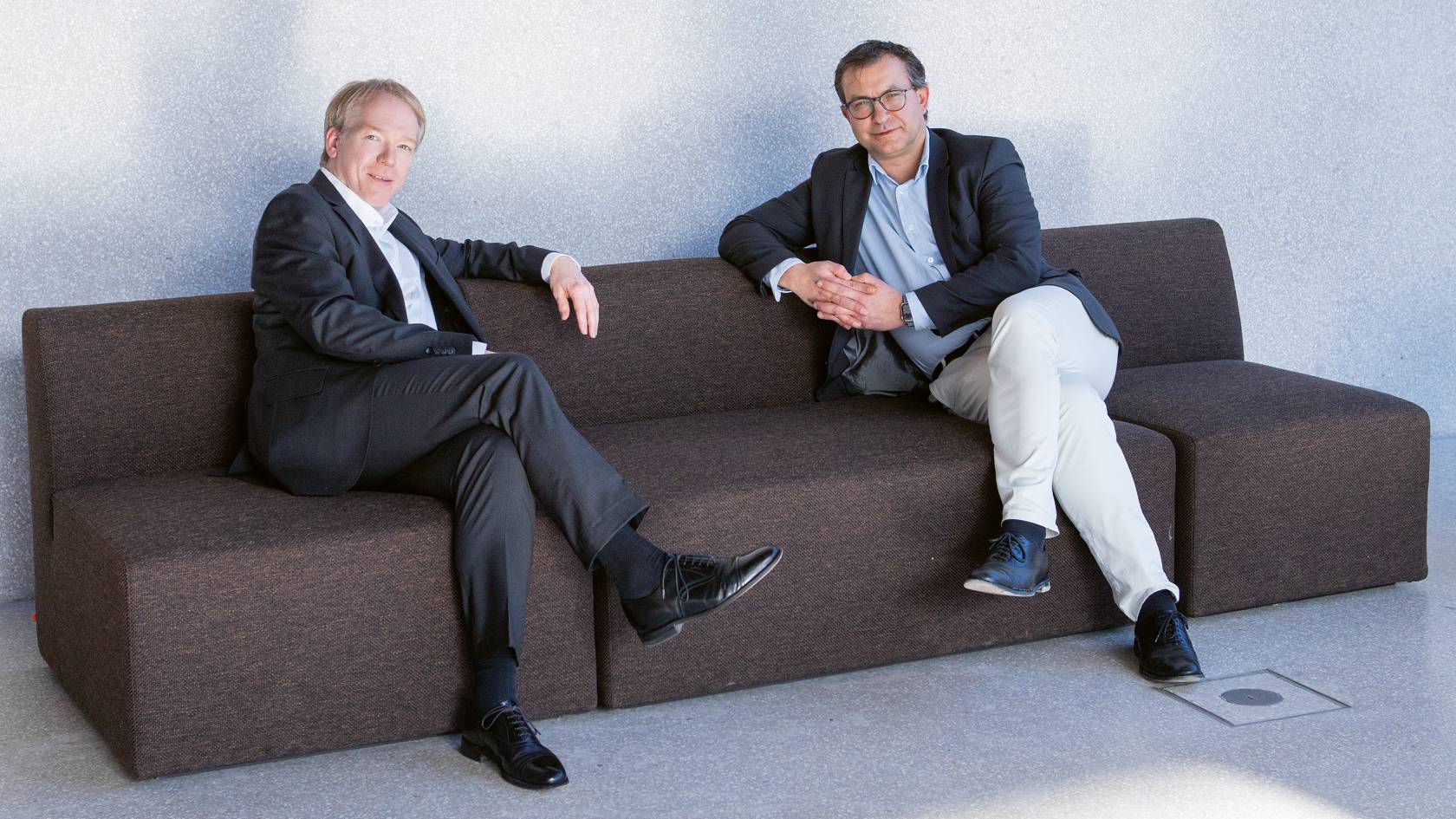
Managing change
Michael, last year you and your colleagues completed the major rollout at A.T.U in Germany on schedule. Right in the middle of the pandemic...
Michael: After we’d rolled out our Enterprise Solution to the headquarters in Weiden and 25 shops in Austria in 2018, around 580 shops in Germany were greenlighted for financial year 2019/2020. Time and attendance management, self services, mobile app, demand forecasting and workforce scheduling – the full range. Together with our colleagues from CSS and the A.T.U project team, we achieved a genuine precision landing – despite being in lockdown. ATOSS Consulting provided support for project and change management.
Mr. Jarantowski, how did this collaboration help?
Sebastian Jarantowski: Apart from the technical implementation, it was important for us to learn from other companies – so we could benefit from their best practices and change management experiences. ATOSS has profound expertise in this area. This was a terrific help, especially in overcoming the biggest barrier to change – the “But we’ve always done it this way” argument. And doing so in an empathetic, but resolute manner. So we succeeded in getting our people involved in the process at an early stage and showcasing the tangible benefits of the new TEAMPLAN working time management system right from the outset.
Can you cite the key success factors?
Sebastian Jarantowski: It was important to introduce the management team to the system gradually. We demonstrated the many ways the system would facilitate work for all employees, and enabled managers to pass on their knowledge and the skills they’d acquired as key users to their colleagues. “Train the trainer” was the essential approach here. In addition to increasing transparency through intelligible parameters for workforce scheduling, the new system at the same time fixed existing admin problems and helped to establish a fair and staff-oriented planning process.
Michael, what are your thoughts looking back?
Michael: I’m fully with Mr. Jarantowski on this. We had a clear focus on transparency. Ultimately, change management is about avoiding or overcoming resistance right from the start. How did we manage that at A.T.U? With regular, open communication, involving videoconferences, info leaflets and posters. We even made a video. And we gave the project an in-house name right from the very start. Getting all the stakeholders involved was a key priority. Ideas and critical questions were welcome at any time. Mr. Jarantowski even offered Q&A sessions. This helped us build trust and acceptance among management and workforce.
Our people showed an unprecedented willingness to accept change and play an active role in shaping developments.
Sebastian Jarantowski
CFO,A.T.U
How did the coronavirus impact the rollout plan?
Sebastian Jarantowski: The first lockdown stopped our rollout in its tracks for two months. On a positive note, however, the circumstances resulted in staff becoming far more accepting of a fast digitalization process. Our people showed an unprecedented willingness to accept change and play an active role in shaping things. New communication channels were set up in no time at all and became universally accepted.
Michael, how did things resume after lockdown?
Michael: With a scaled-up standardized rollout plan that we had devised before the coronavirus pandemic. We prepared a kind of “blueprint” for all shops and developed predefined routines and automated processes – as in creating master data, integrating new shops, activating interfaces or organizing trainings, for example. This standardization helped us to progressively increase the speed of each rollout wave post-lockdown and ensure that some 580 garages went live right on schedule.
Mr. Jarantowski, what’s your verdict?
Sebastian Jarantowski: The first step is done, and our people really got on board in a big way with the change process. Drawing on our new working time management system, we are no longer tied to rigid business hours. By setting parameters, we can now plan our staff deployment efficiently and transparently based on customer footfall, employees’ personal circumstances and statutory frameworks. Thanks to flexible working time models, we are an even more attractive employer. We are also able to focus consequently on our customers’ requirements, which makes us more competitive going forward. All in all, it’s a resounding success, and one that we’ll be celebrating together with our staff – and with ATOSS, of course.
We are happy to help you
- Request
- Callback
- Contact